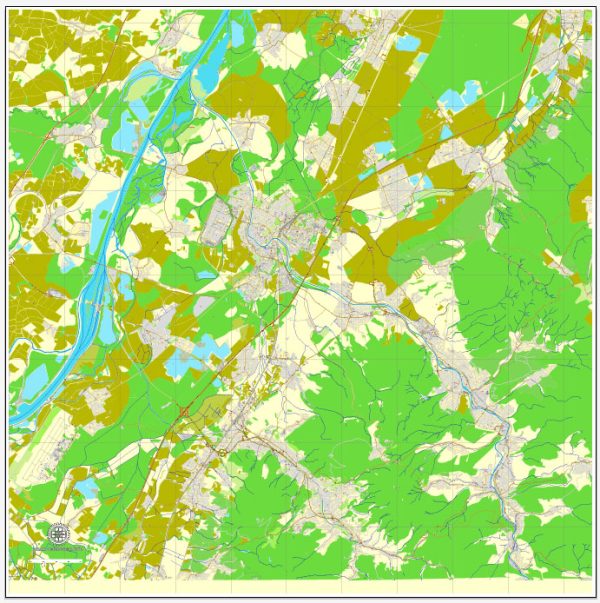Rastatt and Baden-Baden are two cities located in the southwestern part of Germany, in the state of Baden-Württemberg. Each city has its own unique history of urban development.
Rastatt:
Rastatt is a town with a rich history that dates back to the 12th century. One of its most significant historical landmarks is Rastatt Palace (Residenzschloss Rastatt), a Baroque residence built in the early 18th century. The palace served as the residence of the Margraves of Baden and played a crucial role in the cultural and political life of the region.
The town’s development was also influenced by its strategic location along the Murg River and its position as a transportation hub. Rastatt has a history of military significance, as it was the site of the signing of the Treaty of Rastatt in 1714, which ended the War of Spanish Succession.
Over the centuries, Rastatt has evolved into a modern town while preserving its historical character. Urban development has expanded the city to accommodate a growing population while maintaining a balance with the historical architecture.
Baden-Baden:
Baden-Baden, known for its thermal baths and spa culture, has a history that goes back to Roman times. The Romans built baths around the local hot springs, and the town has been associated with health and relaxation ever since.
During the 19th century, Baden-Baden became a popular destination for European aristocracy and celebrities, earning a reputation as a fashionable spa town. Grand hotels, elegant villas, and beautiful parks were developed to cater to the needs of the wealthy visitors.
The town’s casino, the Baden-Baden Casino, is another iconic landmark that contributed to its popularity. Today, Baden-Baden continues to attract tourists with its wellness offerings, cultural events, and historical charm.
Both Rastatt and Baden-Baden have undergone transformations over the years, adapting to modern needs while preserving their historical heritage. Urban development has incorporated contemporary infrastructure, residential areas, and commercial spaces, making them vibrant and dynamic cities in the 21st century.


 Author: Kirill Shrayber, Ph.D.
Author: Kirill Shrayber, Ph.D.